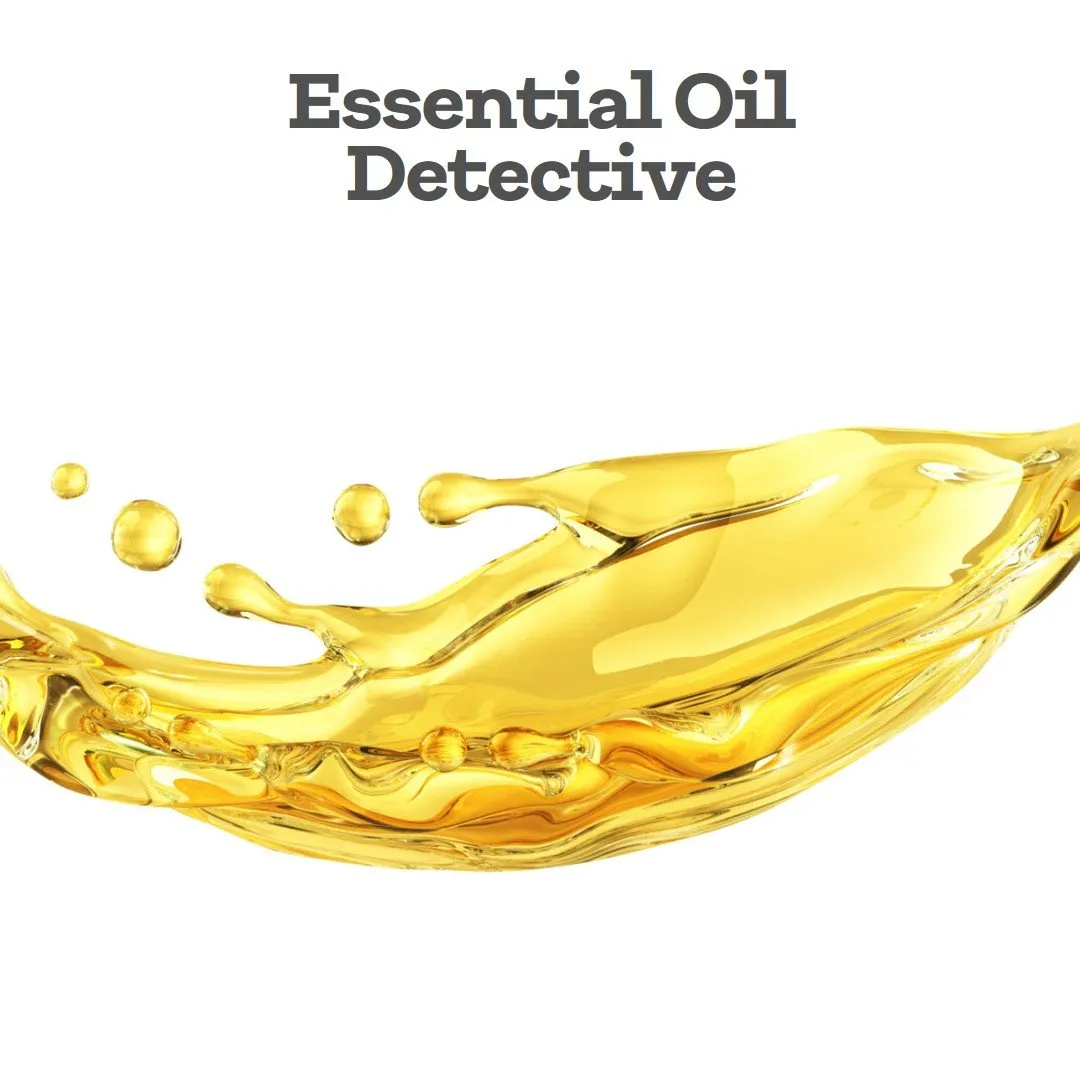From Earth to Bottle: The Journey of Essential Oils
Ever wondered how those enchanting essential oils in your collection make their way into your life?
In this article, we'll embark on a fragrant adventure to explore the fascinating process of growing, collecting, and processing essential oils for human use.
Let’s traverse the globe to discover the diverse landscapes where these precious botanical treasures are born and transformed.
The Seeds of Life: Cultivating Essential Oil Plants
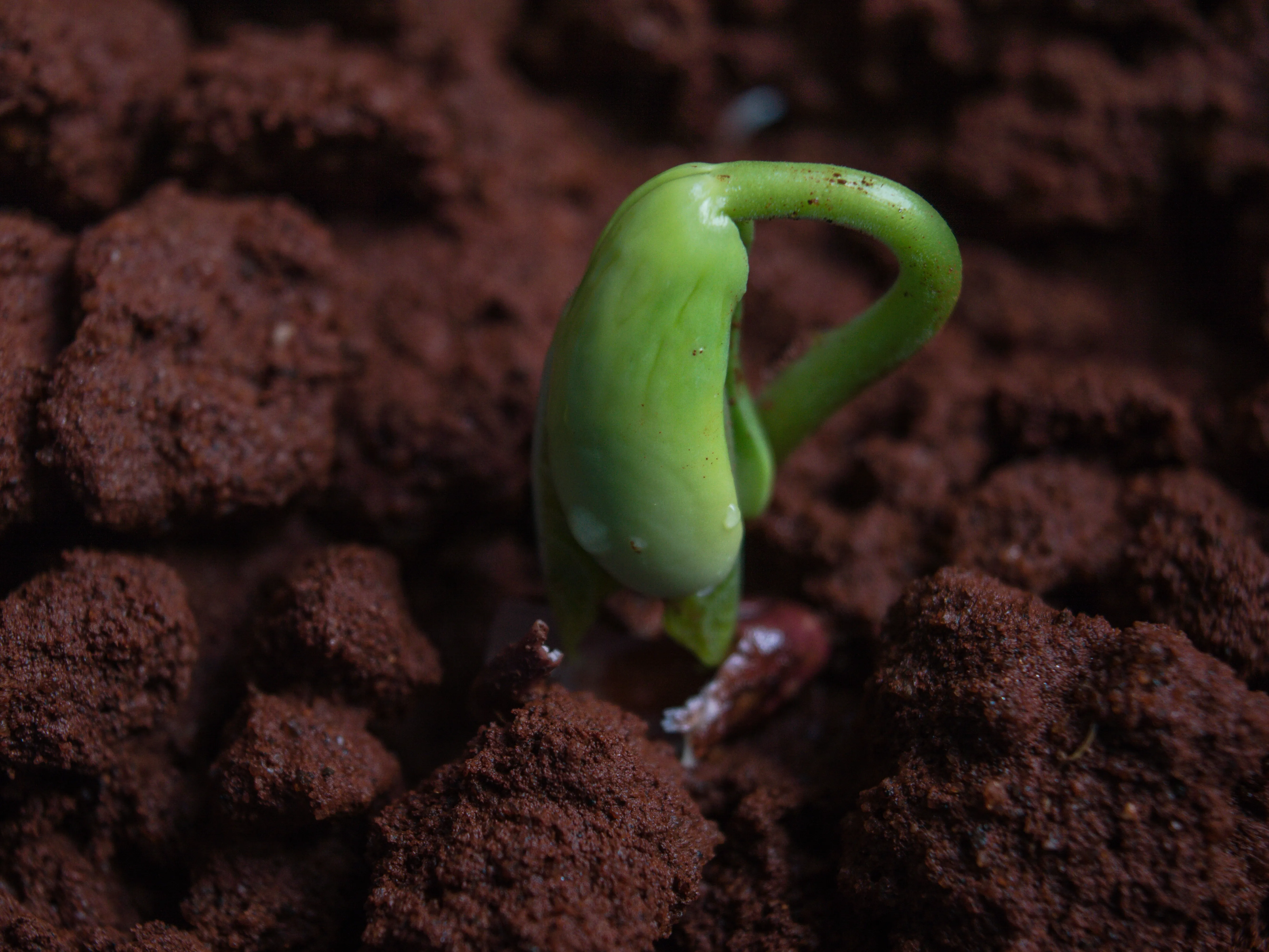
It all begins with the seeds.
Essential oil plants are carefully cultivated in different regions worldwide, each offering unique growing conditions and climates.
Here is a peek at a few notable examples:
Lavender in Provence, France:
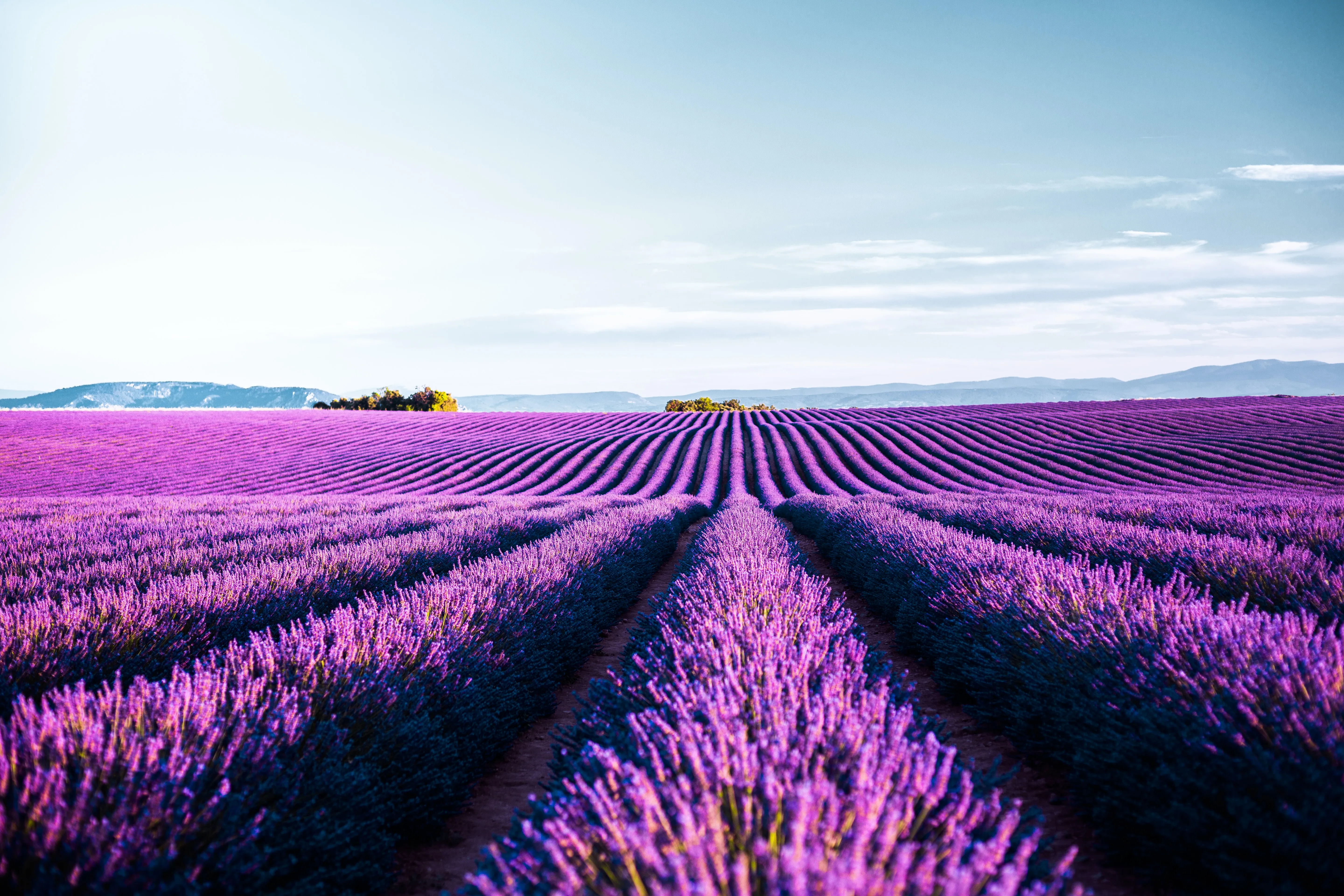
The rolling fields of Provence, France, are famous for their picturesque lavender cultivation. The sunny climate, well-drained soil, and gentle mistral winds create an ideal environment for this fragrant purple flower.
The lavender fields in Provence yield high-quality essential oil known for its soothing and relaxing properties.
Tea Tree in Australia:
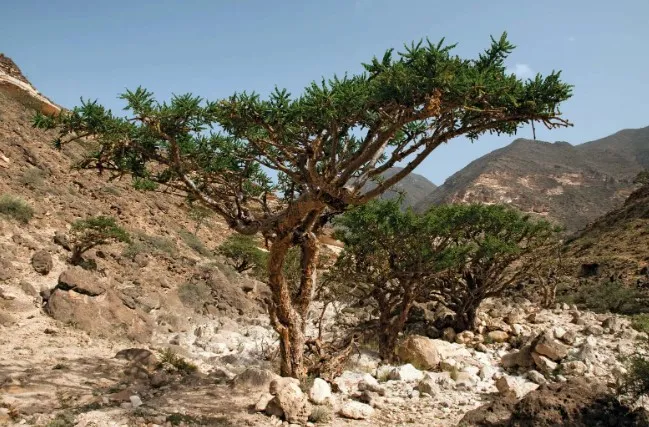
Indigenous to Australia, the tea tree (Melaleuca alternifolia) thrives in the country's warm and humid climate.
The leaves of the tea tree are steam distilled to extract the highly versatile tea tree oil, renowned for its antimicrobial and skin-cleansing properties.
Australia is a significant producer of tea tree oil, ensuring its availability worldwide.
Citrus Fruits in Italy:
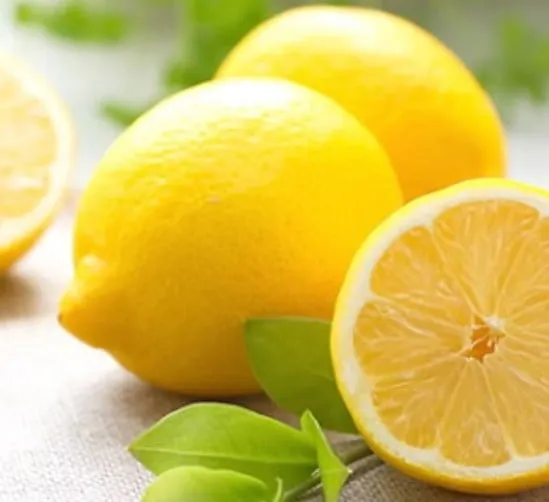
The sun-kissed groves of Italy, particularly in regions like Sicily and Calabria, boast abundant citrus fruit cultivation. Varieties such as lemon, orange, and bergamot provide zesty essential oils.
The Mediterranean climate and fertile soil contribute to the exceptional quality of these citrus oils, known for their uplifting and refreshing scents.
Harvesting and Extraction: Capturing Nature's Essence
Once the plants have reached maturity, the time for harvesting arrives. Different plant parts, such as flowers, leaves, bark, or roots, are harvested based on the specific plant and its desired oil.
Let's explore a couple of extraction methods:
Steam Distillation:
This is the most common extraction method for essential oils.
Plant material is placed in a distillation apparatus, and steam is passed through it.
The steam causes the release and evaporation of volatile compounds, which are then condensed into a liquid.
Lavender, peppermint, and eucalyptus oils are often produced through steam distillation.
Cold-Pressing:
This method is primarily used for citrus oils.
The peels of citrus fruits are mechanically pressed to release the fragrant oils. The extracted oil separates from the fruit juice and is collected.
Cold-pressing preserves the vibrant aroma of citrus oils and captures their invigorating properties.
Quality Control: Ensuring Purity and Potency
To ensure the highest standards of quality, essential oil producers employ rigorous testing and quality control measures. These steps help guarantee that the oils are pure, free from contaminants, and retain their maximum potency.
Common tests include gas chromatography-mass spectrometry (GC-MS), which analyzes the chemical composition of the oil, and organoleptic testing, which assesses aroma and sensory properties.
Sustainability and Ethical Practices: Nurturing Nature
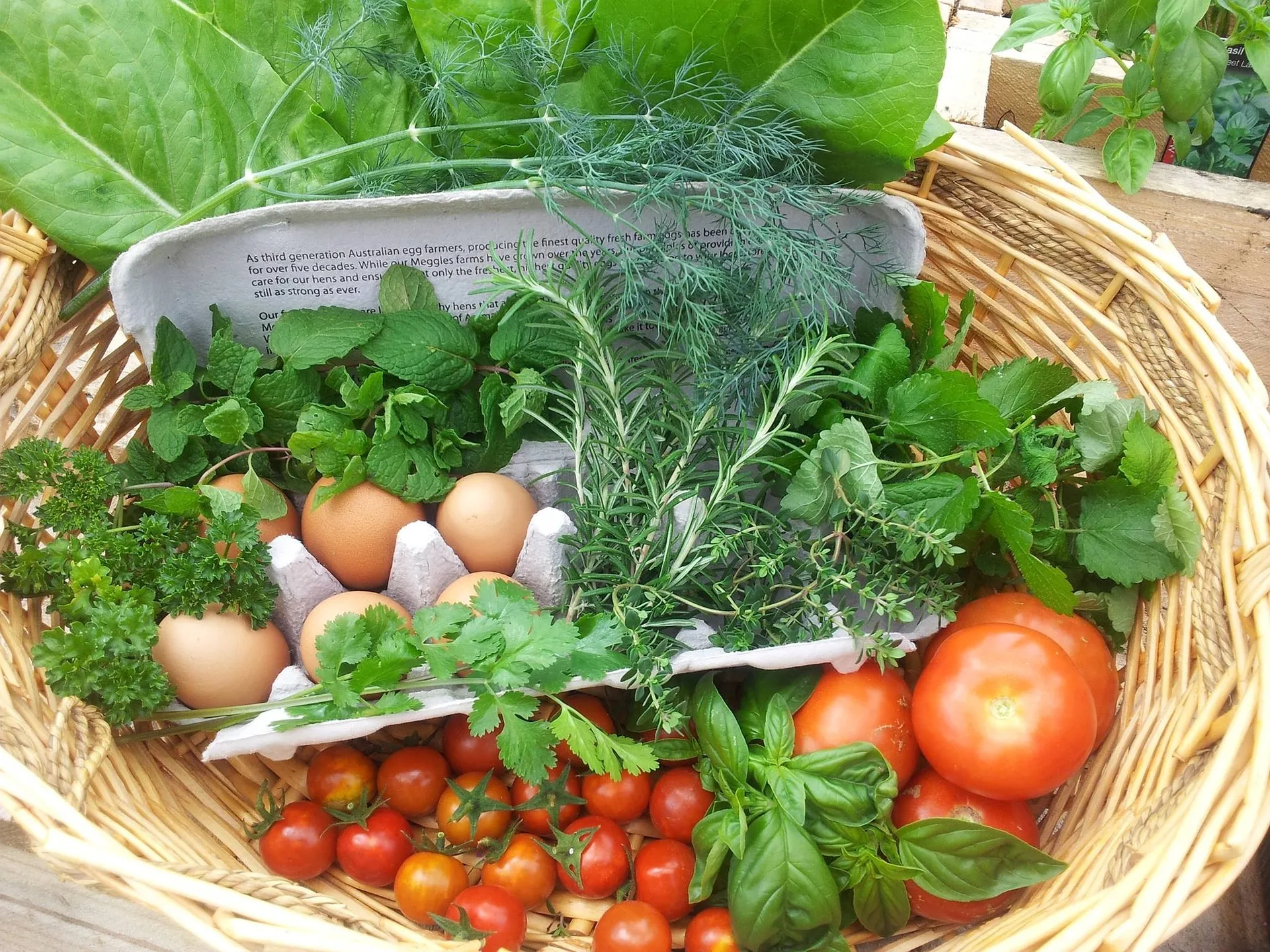
Responsible essential oil production involves sustainable and ethical practices that prioritize the health of ecosystems, local communities, and the plants themselves.
Organic Farming:
Many essential oil producers prioritize organic farming methods, avoiding synthetic pesticides and fertilizers. Organic practices support biodiversity and minimize harm to the environment.
Fair Trade Initiatives:
Some essential oil producers engage in fair trade practices, ensuring that farmers and laborers receive fair wages and working conditions while fostering economic stability and social development within local communities.
Plant Conservation:
Several organizations work to protect and preserve endangered or threatened plant species used in essential oil production. By supporting these initiatives, we contribute to the conservation of botanical diversity for future generations.
From the tranquil lavender fields of Provence to the vibrant citrus groves of Italy and the vast tea tree plantations of Australia, the journey of essential oils is a testament to the beauty and diversity of our planet.
Regardless of where the oil was harvested or which methods were used to collect the oil, it is a time intensive process. As we embrace the aromatic treasures in our bottles, let's also appreciate the efforts of those who cultivate, harvest, and process these oils, all while respecting the environment and the communities involved.
By understanding the journey from earth to bottle, we can deepen our connection with the natural world and the profound impact it has on our well-being. So, the next time you inhale the captivating scent of your favorite essential oil, take a moment to honor the labor of love behind its creation and the vast landscapes that give us the gift of nature's essence.
